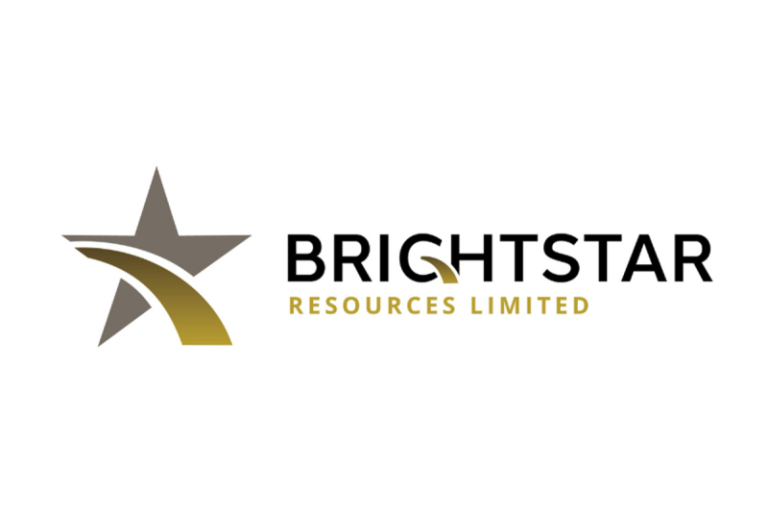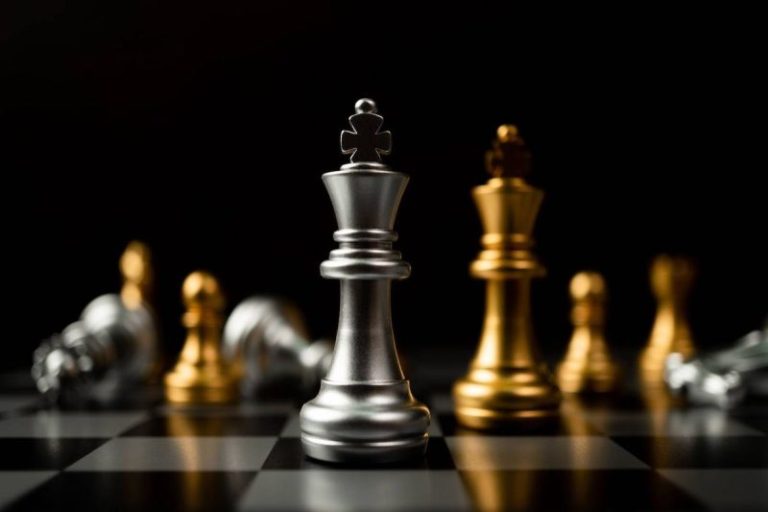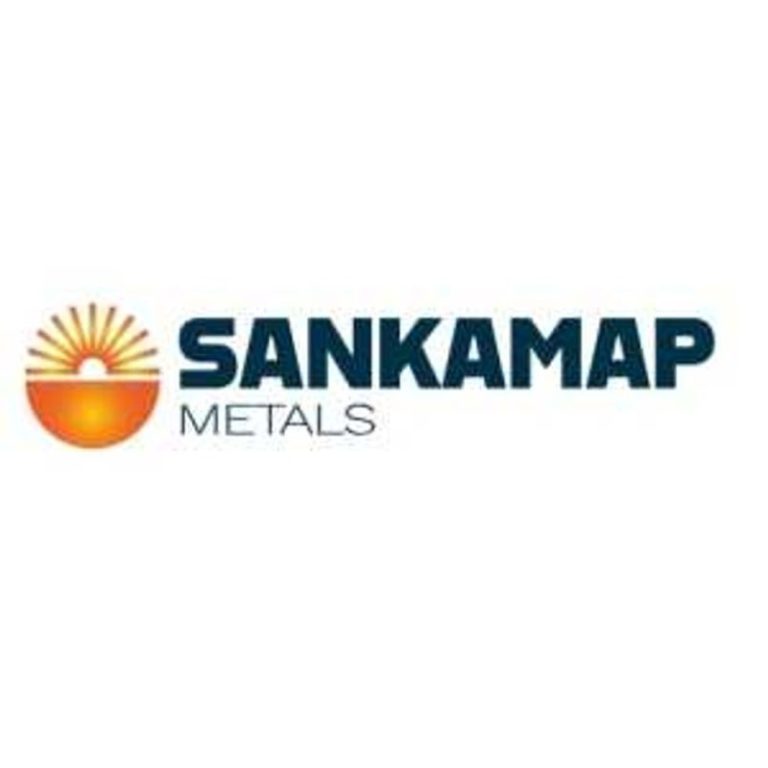Nine Mile Metals Ltd. (CSE: NINE,OTC:VMSXF) (OTC Pink: VMSXF) (FSE: KQ9) (‘Nine Mile’ or the ‘Company’) is pleased to announce that, due to strong investor demand, it has upsized the listed issuer financing exemption offering previously announced on January 5, 2026 (the ‘Offering’) from gross proceeds of up to $4 million to gross proceeds of up to $6.2 million
Each Unit is comprised of one (1) common share of the Company (a ‘Common Share‘) and one (1) common share purchase warrant of the Company (a ‘Warrant‘), with each Warrant exercisable into one (1) Common Share at a price of $0.30 for a period of two (2) years, subject to the acceleration provision disclosed herein.
Subject to compliance with applicable regulatory requirements and in accordance with National Instrument 45- 106 – Prospectus Exemptions (‘NI 45-106‘), the Units will be offered for sale to purchasers resident in all provinces of Canada, other than Quebec, and/or other qualifying jurisdictions pursuant to the listed issuer financing exemption under Part 5A of NI 45-106, as amended by Coordinated Blanket Order 45-935 – Exemptions from Certain Conditions of the Listed Issuer Financing Exemption (the ‘Listed Issuer Financing Exemption‘). The Units issued to Canadian resident subscribers under the Listed Issuer Financing Exemption, and the Common Shares and Warrants underlying the Units, will not be subject to a hold period pursuant to applicable Canadian securities laws.
The Offering is expected to close on or about January 19, 2026 (the ‘Closing Date‘), or such other date as the Company may determine, and is subject to certain conditions including, but not limited to, the receipt of all necessary regulatory and other approvals.
The Company may pay finder’s fees in connection with the Offering comprised of cash equal to 8% of the gross proceeds of the Offering and finder warrants (the ‘Finders Warrants‘) equal to 8% of the number of Units issued under the Offering. Each Finders Warrant will be exercisable for one (1) additional Unit at a price of $0.19 for a period of two (2) years. Each Unit is comprised of one (1) Common Share and one (1) Warrant. Each Warrant entitles the holder thereof to acquire one (1) Common Share at a price of $0.30 for a period of two (2) years. The Finders Warrants will be subject to a statutory hold period in Canada of four (4) months and one (1) day after the date of issuance.
Following the Closing Date, if the daily volume-weighted average trading price of the Common Shares on the CSE equals or exceeds $0.50 at the close of any trading day for ten (10) consecutive trading days, the Company may, at its discretion, accelerate the expiry date of the Warrants by providing not less than thirty (30) days’ notice to Warrant holders via press release.
The Company intends to use the proceeds of the Offering for (i) exploration activities and related expenses on its critical minerals projects in the Bathurst Mining Camp; and (ii) general and administrative obligations.
In connection with the upsizing, the Company has filed an amended and restated offering document related to the Offering and the use by the Company of the Listed Issuer Financing Exemption under the Company’s profile on SEDAR+ and has also made it available on the Company’s website. Prospective investors should read the amended and restated offering document before making an investment decision.
This news release does not constitute an offer to sell or a solicitation of an offer to buy any securities in the United States. The securities have not been and will not be registered under the United States Securities Act of 1933, as amended (the ‘U.S. Securities Act‘) or any state securities laws and may not be offered or sold within the United States or to U.S. Persons unless registered under the U.S. Securities Act and applicable state securities laws or an exemption from such registration is available.
About Nine Mile
Nine Mile Metals Ltd. is a Canadian public mineral exploration company focused on VMS (Cu, Pb, Zn, Ag and Au) exploration in the world-famous Bathurst Mining Camp, New Brunswick, Canada. The Company’s primary business objective is to explore its four VMS Projects: Nine Mile Brook VMS Project; California Lake VMS Project; and the Canoe Landing Lake (East – West) Project and the Wedge VMS Project. The Company is focused on exploration of Minerals for Technology (MFT), positioning for the boom in EV and green technologies requiring Copper, Silver, Lead and Zinc with a hedge with Gold.
ON BEHALF OF Nine Mile Metals LTD.,
‘Patrick J. Cruickshank, MBA‘
CEO and Director
T: 506-804-6117
E: patrick@ninemilemetals.com
Cautionary Statement Regarding Forward-Looking Information
This news release contains certain ‘forward-looking information’ within the meaning of Canadian securities legislation, including, but not limited to, statements regarding the Company’s plans with respect to the Company’s projects and the timing related thereto, the merits of the Company’s projects, the Company’s objectives, plans and strategies, the Offering, the listing of the Common Shares on the CSE, the use of proceeds of the Offering and other matters. Although the Company believes that such statements are reasonable, it can give no assurance that such expectations will prove to be correct. Forward-looking statements are statements that are not historical facts; they are generally, but not always, identified by the words ‘expects,’ ‘plans,’ ‘anticipates,’ ‘believes,’ ‘intends,’ ‘estimates,’ ‘projects,’ ‘aims,’ ‘potential,’ ‘goal,’ ‘objective,’, ‘strategy’, ‘prospective,’ and similar expressions, or that events or conditions ‘will,’ ‘would,’ ‘may,’ ‘can,’ ‘could’ or ‘should’ occur, or are those statements, which, by their nature, refer to future events. The Company cautions that forward-looking statements are based on the beliefs, estimates and opinions of the Company’s management on the date the statements are made and they involve a number of risks and uncertainties. Consequently, there can be no assurances that such statements will prove to be accurate and actual results and future events could differ materially from those anticipated in such statements. Except to the extent required by applicable securities laws and the policies of the CSE, the Company undertakes no obligation to update these forward-looking statements if management’s beliefs, estimates or opinions, or other factors, should change. Factors that could cause future results to differ materially from those anticipated in these forward-looking statements include the risk of accidents and other risks associated with mineral exploration operations, the risk that the Company will encounter unanticipated geological factors, or the possibility that the Company may not be able to secure permitting and other agency or governmental clearances, necessary to carry out the Company’s exploration plans, risks of political uncertainties and regulatory or legal changes in the jurisdictions where the Company carries on its business that might interfere with the Company’s business and prospects. The reader is urged to refer to the Company’s reports, publicly available through the Canadian Securities Administrators’ System for Electronic Data Analysis and Retrieval + (SEDAR+) at www.sedarplus.ca for a more complete discussion of such risk factors and their potential effects.
The Canadian Securities Exchange has not reviewed and does not accept responsibility for the adequacy or the accuracy of the contents of this release.
Not for distribution to United States newswire services or for dissemination in the United States
To view the source version of this press release, please visit https://www.newsfilecorp.com/release/280277
News Provided by Newsfile via QuoteMedia










